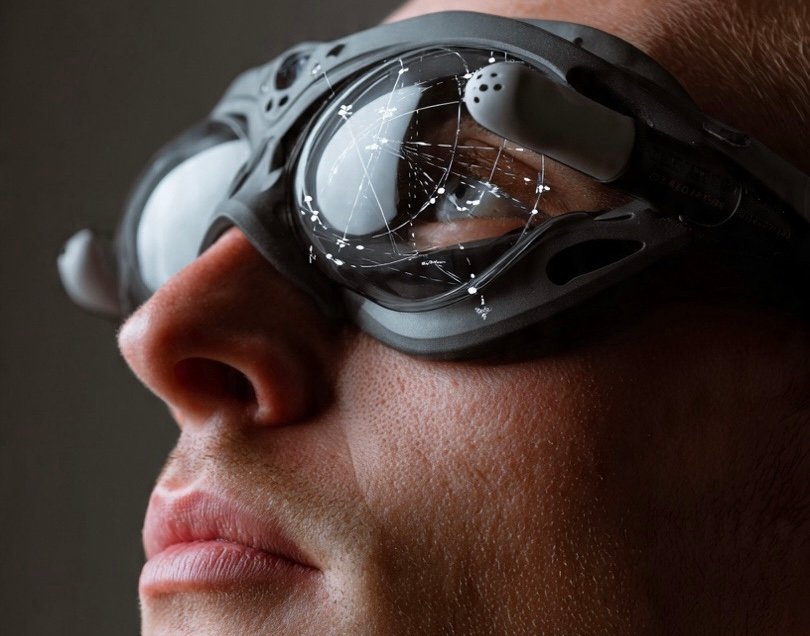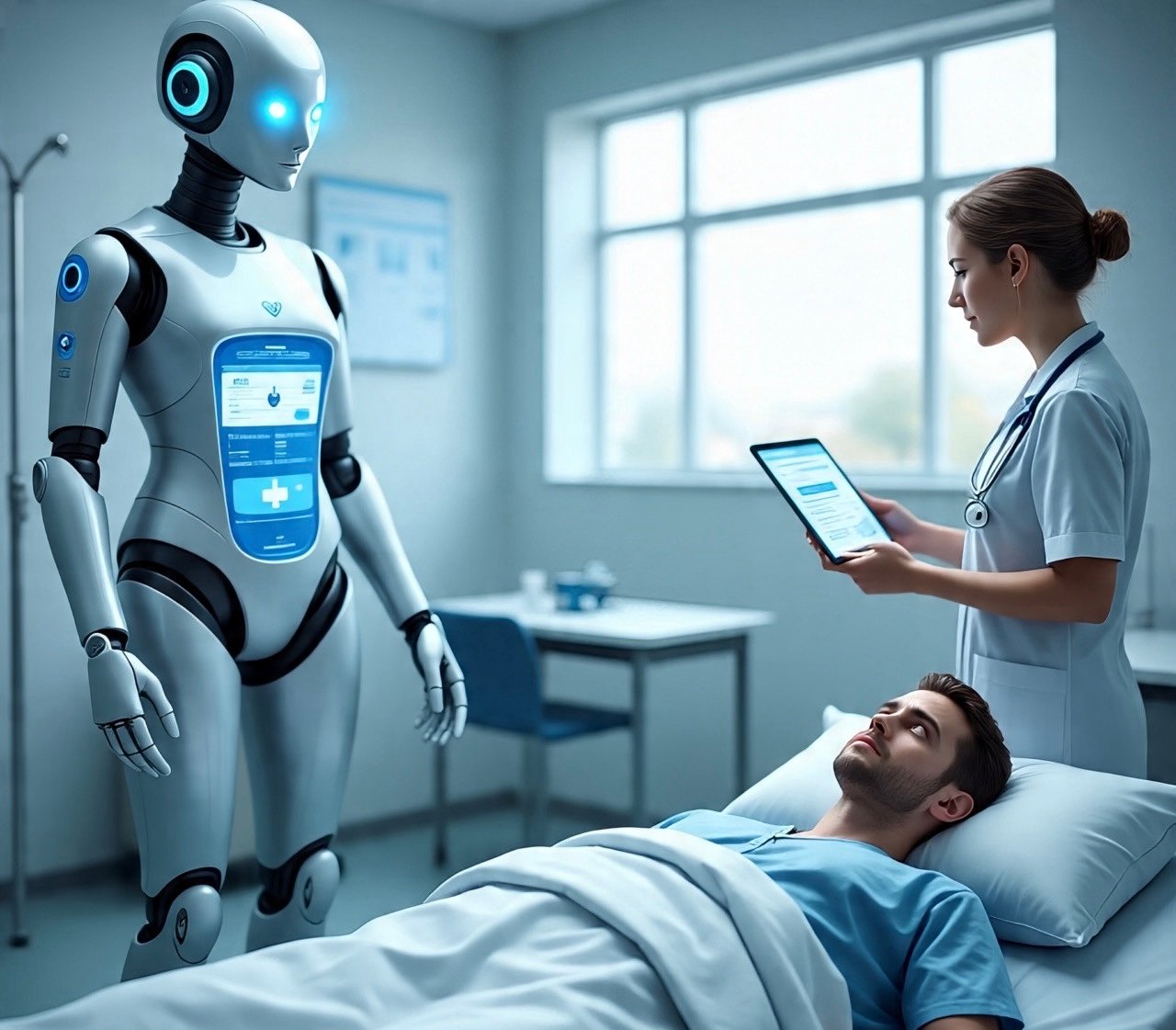In a groundbreaking medical breakthrough, researchers from University College London (UCL) and Moorfields Eye Hospital have successfully restored partial vision to patients blinded by dry age-related macular degeneration (AMD). Using the PRIMA implant combined with AI-powered augmented reality (AR) glasses, patients regained the ability to read letters, words, and numbers.
In a clinical trial involving 38 patients, nearly 84% showed significant improvements, marking a revolutionary step forward in artificial vision restoration.
How the PRIMA System Works
The PRIMA implant is a miniature wireless photovoltaic chip inserted just beneath the retina through a minimally invasive surgery lasting under two hours.
It works by converting near-infrared light from the AR glasses into electrical impulses, which stimulate surviving retinal cells.
The augmented reality glasses are equipped with a camera and a small AI computer worn on the waist.
The camera captures real-world images, while the AI processes them and projects zoomable infrared signals onto the implant.
The brain interprets these signals as visual images, allowing patients to perceive shapes, faces, and even text once again.
Promising Trial Results and Patient Benefits
The trial results were remarkable.
Patients who had lost central vision could read up to five lines on a standard eye chart after months of rehabilitation.
Crucially, their peripheral vision remained unaffected.
Through visual training, patients learned to interpret the signals and use the zoom and contrast features of the system.
One participant, Sheila Irvine, described how she regained her ability to read and recognize words — calling it a “life-changing experience” that renewed her independence and optimism.
Future Prospects for Vision Technology
The PRIMA system signifies a new era in artificial vision therapy.
Researchers are now exploring its potential for other retinal and optic nerve diseases, including diabetic retinopathy and hereditary blindness.
Future versions may include portable designs, customized implants, and advanced AI vision algorithms for clearer and more adaptive sight.
Experts predict that as technology improves, this therapy could soon become widely accessible worldwide, especially in countries with rising AMD cases.
Rehabilitation, however, remains essential to train the brain to adapt and maximize the new visual signals effectively.
Q&A: Understanding the PRIMA Vision Restoration
Q: How does PRIMA differ from earlier vision prosthetics?
A: Unlike older implants that only detect light, PRIMA restores functional form vision, enabling reading and object recognition.
Q: Is the PRIMA surgery safe?
A: Yes. It’s a minimally invasive and relatively safe two-hour procedure performed by trained retinal surgeons.
Q: How long does it take to adapt to the implant?
A: Most patients need several months of visual training to interpret signals and improve reading accuracy.
Q: Does it restore natural vision?
A: No, it doesn’t restore full natural sight, but it provides useful central vision for reading and daily activities.
FAQ
Q1: Who qualifies for PRIMA implantation?
Patients with advanced dry age-related macular degeneration and geographic atrophy who have lost central vision.
Q2: Does the surgery affect peripheral vision?
No. Studies show that peripheral vision remains intact after implantation.
Q3: How does the system process visual data?
AI algorithms in the glasses analyze real-world scenes and project infrared patterns that stimulate retinal cells.
Q4: Will PRIMA be used for other conditions?
Yes. Ongoing research explores extending its use to other retinal degenerative diseases and vision-related neurological disorders.
Conclusion: A Transformative Leap for Vision Restoration
The PRIMA implant and AR glasses represent a transformative advancement in the fight against blindness caused by retinal degeneration.
By restoring functional reading vision, this innovation gives patients new independence and a renewed sense of purpose.
As research continues, the PRIMA system could redefine how artificial vision technologies help millions see the world again — literally and figuratively.
Disclaimer:
The information provided in this article is for general informational purposes only and should not be considered medical advice. Always consult a qualified physician or healthcare professional before starting any new health practice, treatment, or following the tips mentioned here.




